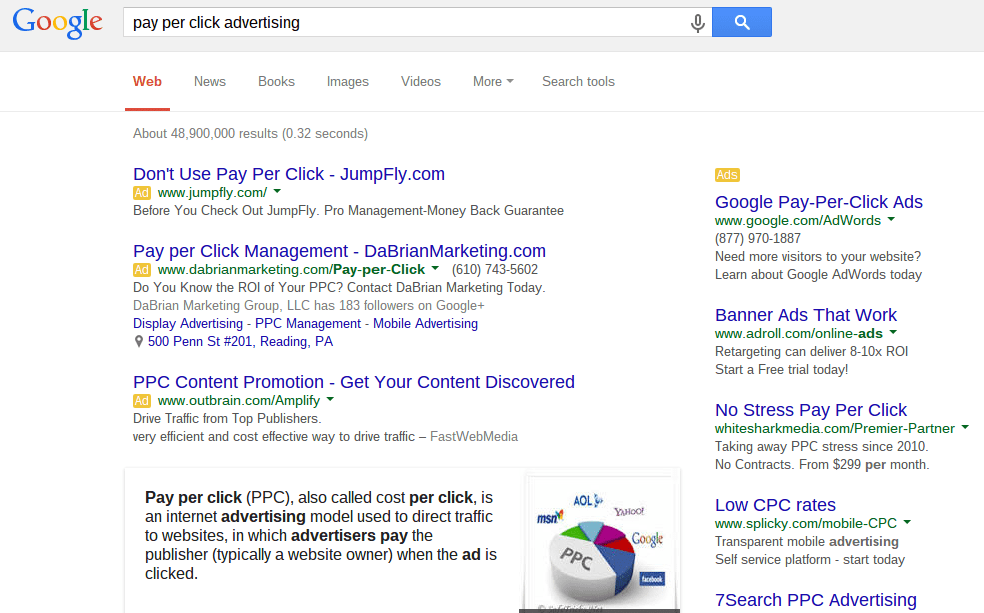When it comes to Social Media, many companies know enough to realize that nearly everyone is connected to at least one social network. And if they’ve done their homework, they’ll realize that a great deal of benefits can come from interacting and advertising in the Social space. Thinking they’re already behind the rest of the pack, they hurriedly create social media accounts and, after a fury of liking, friending, re-tweeting, pinning, and posting, not much happens. How is this possible? Isn’t Social Media one of the easiest ways to create visibility and improve customer service? It is, but only if it’s done right from the start.
Problem 1: Timing is Everything
If you gathered anything from the example above, it’s probably that that particular company rushed into marketing with Social Media without any sort of preparation or plan in place. As with anything related to a business, performing research, weighing the options, and planning accordingly are vital to success. Once your business decides that entering the Social Networking realm is viable, have a detailed plan of action. Define goals and objectives, determine which social networks would be most effective for your industry and audience, and implement with a Social Media Management tool (if applicable).
How does this help me?
Not only having a plan, but sticking to it, keeps your company’s Social Media activity consistent, fresh, and (for the most part) automated, saving you time and resources. Also, clearly outlined goals give you a better idea of what future direction your campaign should take to reach its desired outcome.
Problem 2: Finding the Time
Usually a direct result of the first problem above is failing to allocate the appropriate amount of time, resources, & personnel to a new Social Media Marketing plan. Many newcomers to the digital marketing frontier often misinterpret the amount of work that goes into a smoothly running, revenue-generating digital marketing machine. A Social Media strategy cannot be implemented, maintained, and managed by a small handful of people, especially for larger companies. During the initial planning stages, it is essential to take the amount of time and work into consideration and allocate the necessary resources to the project.
How does this help me?
Having the foresight to designate specific tasks to the right individuals eliminates the risk of unexpected budget concerns and scheduling problems that can arise with workers’ other projects.
Problem 3: Where's the Data?
When all is said and done, a marketing campaign of any kind is nothing without analytical proof of its effectiveness at achieving its goal (See Image Below). Without the necessary data to track a campaign’s impact on revenue, leads, or sales, all of the effort put into it will be wasted. Thus, adding social media into a standalone analytics tool (such as Google Analytics) or one that is integrated into a prior solution (such as Hootsuite Analytics) is the best way to make the best decisions regarding your Social campaign.
How does this help me?
Having analytics data at your fingertips allows your business’s Social Media Marketing plan to remain flexible, offers the advanced ability to evaluate whether your goals and objectives are being achieved, and acts as proof of what’s working, what isn’t, and which campaign areas need improvement.

